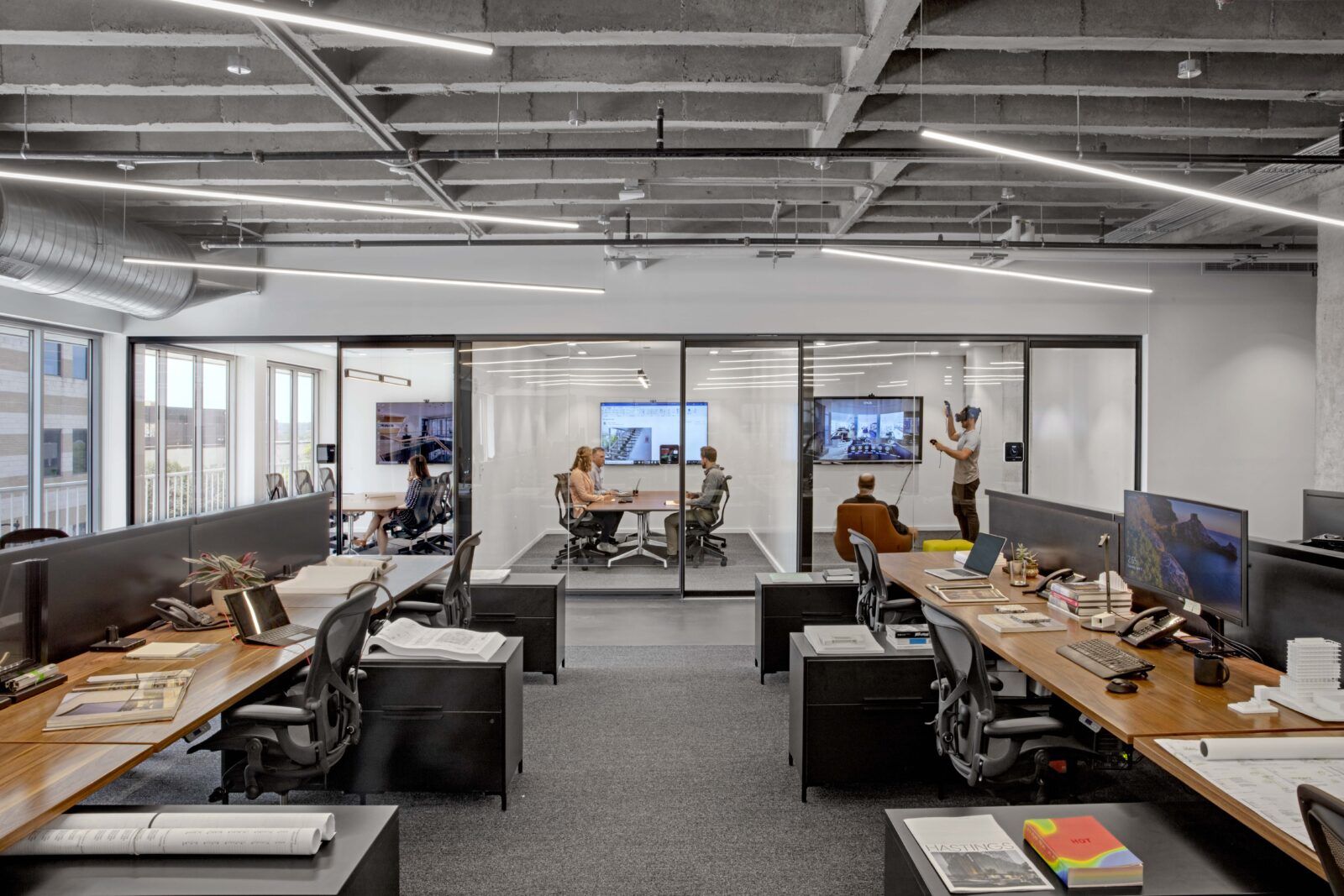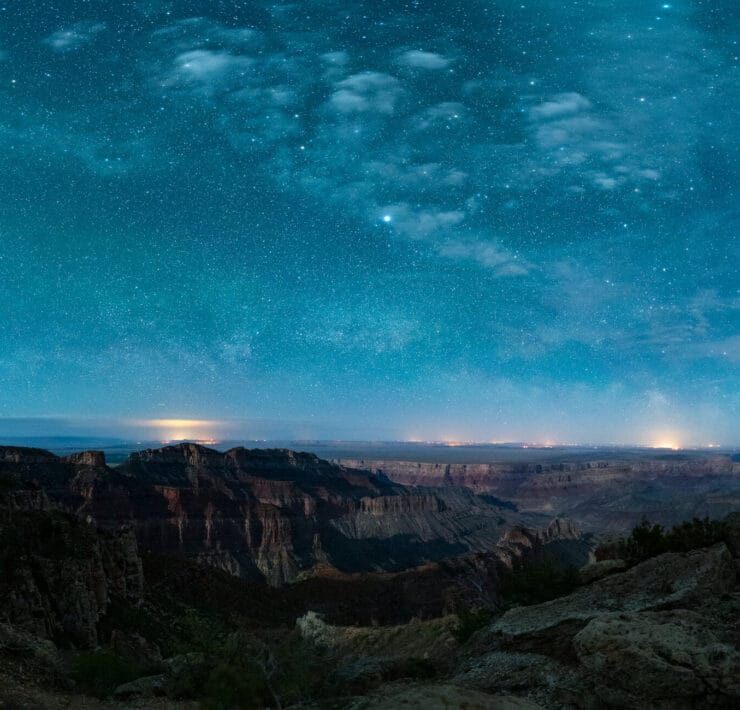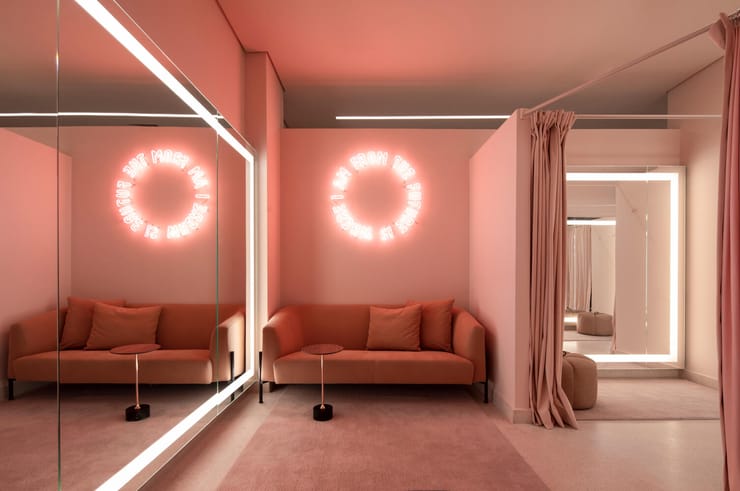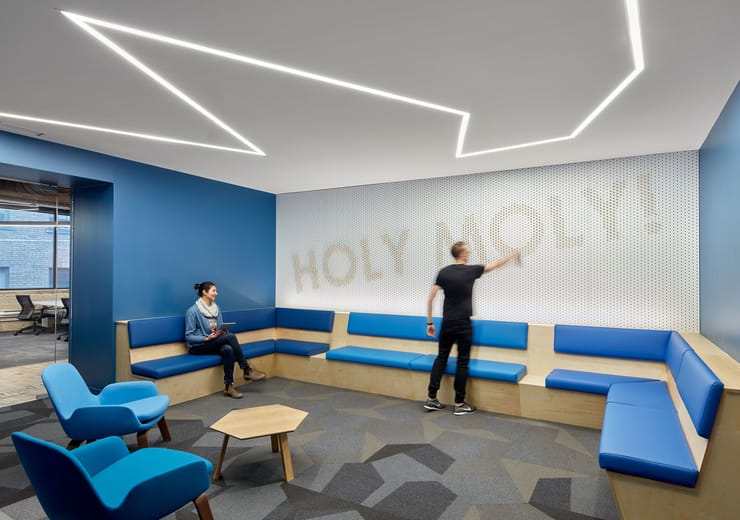Energy regulations play a key role in helping reduce energy consumption. They set the mandatory requirements for new building construction and major renovations.
The nation’s top building energy codes and standards—Part 6 of Title 24 of the California Code of Regulations, the International Energy Conservation Code (IECC) and ANSI/ASHRAE/IES Standard 90.1 —are used by every U.S. state as the basis for local building energy codes. These codes contain the mandatory lighting requirements that architects, designers, engineers and builders must meet for commercial and residential new construction or major renovation projects.
The IECC addresses both residential and commercial buildings, while ASHRAE provides further regulation for commercial buildings only.[1] U.S. building codes are typically updated every three years, with provisional updates proposed in between.
The impact of energy regulations
In practical terms, energy regulations aim to reduce energy consumption. The goal is to reduce human impact on climate change. The latest global trend focuses on achieving net-zero emissions status. That means running entirely on renewable energy.
Many states have outlined plans and dates for achieving net-zero emissions status. The U.S. has committed to achieving net-zero emissions by 2050, with California setting the goal of achieving 100% renewable zero-carbon energy by 2045.[3]
Potential drawbacks of energy regulation are real, too.
Hasty regulating without considering all potential use-case scenarios and consequences can have inefficient and problematic outcomes.
“Use of occupancy sensors in a daylit space can mean that lights come on when they are not needed,” lighting designer Christine Culver noted in an article about occupancy sensor controls, adding that some lighting controls require location-specific commissioning, have higher power requirements and “are prone to false-on triggers.”
Certain energy regulation problems are well known throughout the industry. For example, one California study found that reducing water flow caused backups or pipe problems. Other problems, according to a report by American Home Shield (AHS), which was created in 1971 to protect homeowners from the inconvenience and cost of unexpected breakdowns, include flushing, noise and water pressure.
Low-flow toilets “rely on a pressure-assisted system that makes a distinctive ‘whooshing’ sound which tends to be louder than a regular toilet flush.” AHS also discovered that these reduced water flow toilets may not force waste far enough down the drain, which can lead to clogged pipes and other plumbing problems.
“Because they use a reduced volume of water and may apply less pressure than a regular toilet,” AHS notes, “low-flow toilets do not always flush waste as well as their standard counterparts. A second or third flush is sometimes needed to ensure heavy waste has cleared the bowl, requiring the consumption of more water and rendering the toilet less efficient.”
The article cites additional problems in older homes—because “[t]he older the house, the greater the chance your plumbing may require adjustment or replacement in order to be compatible with low-flow toilets. This can lead to installation taking more time and being more expensive than anticipated.”
Furthermore, strict lighting power allowance regulations can mean limiting the amount of light that may be preferred for certain types of spaces that are not addressed as thoroughly in the energy codes.
States leading the way on energy policy
Four states have codes that override and exceed Federal energy regulation:
- The California Building Standards Commission (Title 24)
- Vermont Commercial Building Energy Standards (CBES)
- New York City Energy Conservation Code (NYCECC)
- Washington State Energy Codes (WSEC)
California’s Title 24 currently imposes the most stringent set of regulations. On the other end of the spectrum, states like Georgia, South Carolina, North Carolina, Virginia, and Alabama are less restrictive. These states currently abide by the IECC’s 2015 standards.
Sources:
ICC. California Energy Code.
[1] Northeast Energy Efficiency Partnership. Building Energy Codes and Appliance Standards.
[2] Edison Electric Institute. Update: Energy Codes for Buildings & Equipment Efficiency Standards.
[3] California Energy Commission. Clean Energy Serving California.
Alcon Lighting creative director and co-founder David Hakimi works to improve lighting through research, development and education. David strives for efficiency in lighting, affording architects, lighting designers and engineers the ability to maximize LED lighting design and application. David is a graduate of the University of California, Los Angeles, where he received a Bachelors in history. David also studied lighting design at IES in Los Angeles. He traces his and Alcon Lighting’s commitment to innovation, accountability, quality and value to lessons learned from his father, Mike Hakimi, a lighting craftsman, salesman and consultant in Southern California for more than four decades. Today’s lighting for commercial use requires a deep, complete understanding of smart lighting systems and controls. David takes pride in his lighting, energy controls and design knowledge. He is driven by the desire to share his insights into lighting specification and application. This quest to share his knowledge was the impetus for David to create Insights, Alcon Lighting’s blog and resource center for helping the reader understand lighting and its application to space.






[…] when combined with smart building technologies and networks that use occupancy sensors and demand-response lighting in commercial applications. As an added bonus, these fixtures and systems can achieve certain […]
[…] Overview of Regulatory Requirements in Commercial Lighting […]